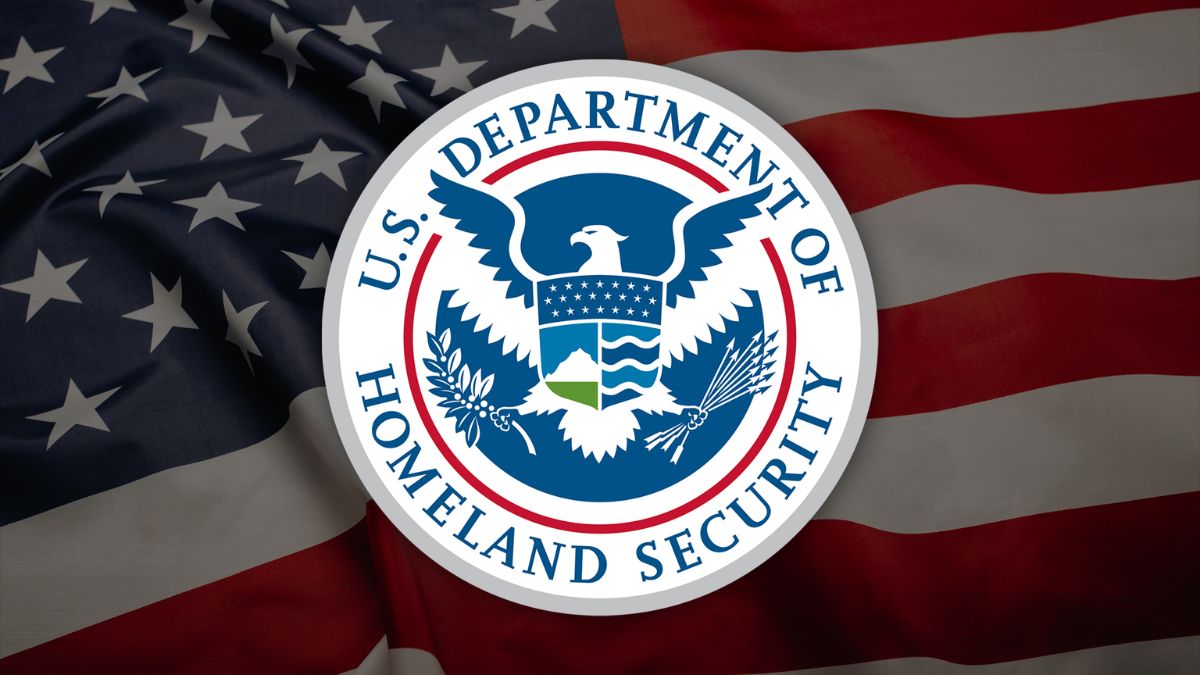International students, exchange visitors, and foreign media representatives: here is an important update you must keep an eye on. A United States Department of Homeland Security (DHS) proposal has just taken a big step forward to end the decades-old ‘duration of status’ policy for F, J, and I visa holders.
The rule, freshly cleared by the White House’s Office of Management and Budget, now moves to the Federal Register. so it’s getting closer to reality, but not quite there yet.
Here’s what’s happening, and why it matters.
DHS Pushes to End ‘Duration of Status’ Policy
The DHS has just cleared a proposed rule through the Office of Management and Budget (OMB). That’s the final checkpoint before it can be published in the Federal Register, opening it up for public feedback.
The rule targets the “duration of status” (D/S) policy, which currently allows F (student visa), J (exchange visitor), and I (foreign media) visa holders to stay in the U.S. for as long as their programs last, with no fixed end date on their I-94 records.
This flexibility has been the norm for decades. But if this rule moves forward, that could change dramatically.
What Could Replace It?
We won’t know the fine print until the regulation is published. But many in the immigration space suspect it might echo a similar 2020 proposal from the Trump era.
That earlier draft aimed to give F, J, and I visa holders a fixed length of stay, like two or four years, and require them to apply for extensions if they needed more time for their program or assignment. It also introduced tighter reporting rules and made staying beyond the approved period a bigger legal risk.
That rule didn’t survive court challenges. But now, the concept seems to be back on the table.
Why This Change Matters
Under current ‘Duration of Status’ rules, these visa holders don’t start accruing “unlawful presence” (a big deal in U.S. immigration law) unless a formal status violation is found by USCIS or an immigration judge.
If the new rule ends D/S and replaces it with a fixed period of stay, it could lead to more visa holders unknowingly overstaying, especially if an extension request is delayed or denied.
It would also add another layer of paperwork and uncertainty for students, researchers, and foreign correspondents already juggling tight academic or professional timelines.
What Happens Next?
Right now, we’re waiting for DHS to publish the full text of the proposal. That could happen within days or weeks.
Once published, there will be a public comment period, typically 30 or 60 days. Anyone can weigh in during that window. After that, DHS will review the feedback, potentially revise the rule, and eventually publish a final version, complete with a timeline for implementation.
In short: nothing changes yet. But the wheels are in motion.
What Should Affected Travelers Do?
If you’re currently in the United States on an F, J, or I visa or planning to apply for one, it’s worth staying plugged in. Monitor updates, and consider talking to an immigration professional, especially if you’re mid-program or nearing the end of your stay.
If your organization wants to comment on the proposal once it’s out, there will be an opportunity to do so directly or via a legal representative.
Final Thoughts
This is one of those changes that looks procedural on the surface but could have major practical implications for how long international students and foreign professionals can stay in the U.S., and how much red tape they’ll have to navigate along the way.
We’ll be watching this closely and will break down the rule in detail once it’s published. For now, eyes on the Federal Register.
To get daily travel news & updates, follow us on Facebook, X (Twitter), LinkedIn, Instagram, or Threads.
